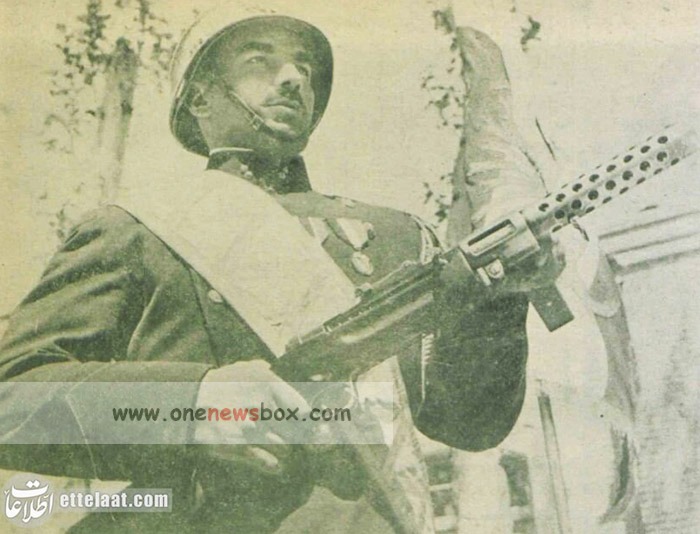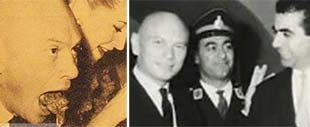The Pahlavi Immortal Guard: Guardians of the Peacock Throne
Introduction
The Pahlavi Immortal Guard (Persian: Gard-e Javidan) was an elite military unit in Imperial Iran, established to safeguard the monarchy, particularly the person of the Shah and the royal family. Active during the reign of Mohammad Reza Pahlavi, this elite guard represented not only a physical bulwark around the monarch but also a symbolic projection of his absolute power. Its establishment, evolution, operations, and eventual dissolution mirror the broader trajectory of the Pahlavi regime—from ambitious modernization and authoritarian consolidation to collapse in the face of a revolutionary uprising.
This text explores the origin, structure, and eventual downfall of the Pahlavi Immortal Guard, tracking its evolution from a modest infantry company to a powerful symbol of royal strength and security.
Origins: From a Simple Guard to a Royal Regiment
The foundations of the Immortal Guard can be traced back to the reign of Reza Shah Pahlavi, who came to power in 1304 SH (1925). In the early years of the Pahlavi dynasty, the Shah’s protection was assigned to a single infantry company. This unit, though small, bore the crucial responsibility of ensuring the security of the royal family and palaces.
With the ascension of Mohammad Reza Pahlavi in 1941, and as threats against the monarchy became more pronounced in the post-World War II period, there arose a pressing need for a more robust and professional protective force. Thus, during the early years of Mohammad Reza Shah’s rule, the original company was upgraded into a battalion known as the Guard Regiment. This battalion, consisting of around 350 men, was largely made up of conscripted soldiers from the general army. Despite its title and symbolic importance, its operational capacity and professionalism remained limited due to its reliance on temporary conscripts.

